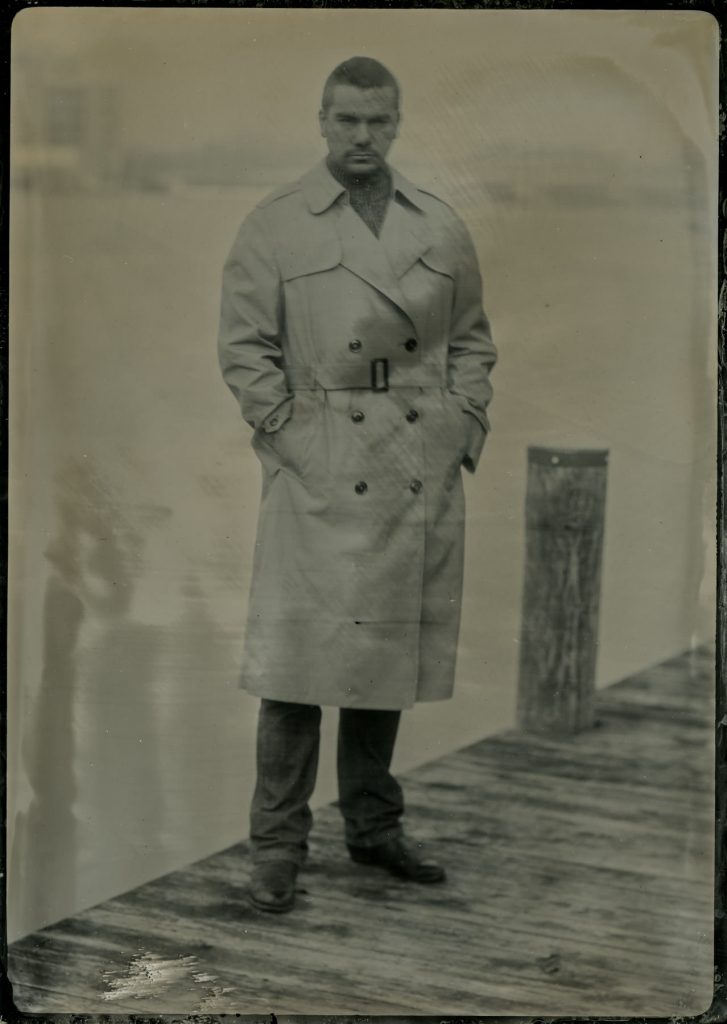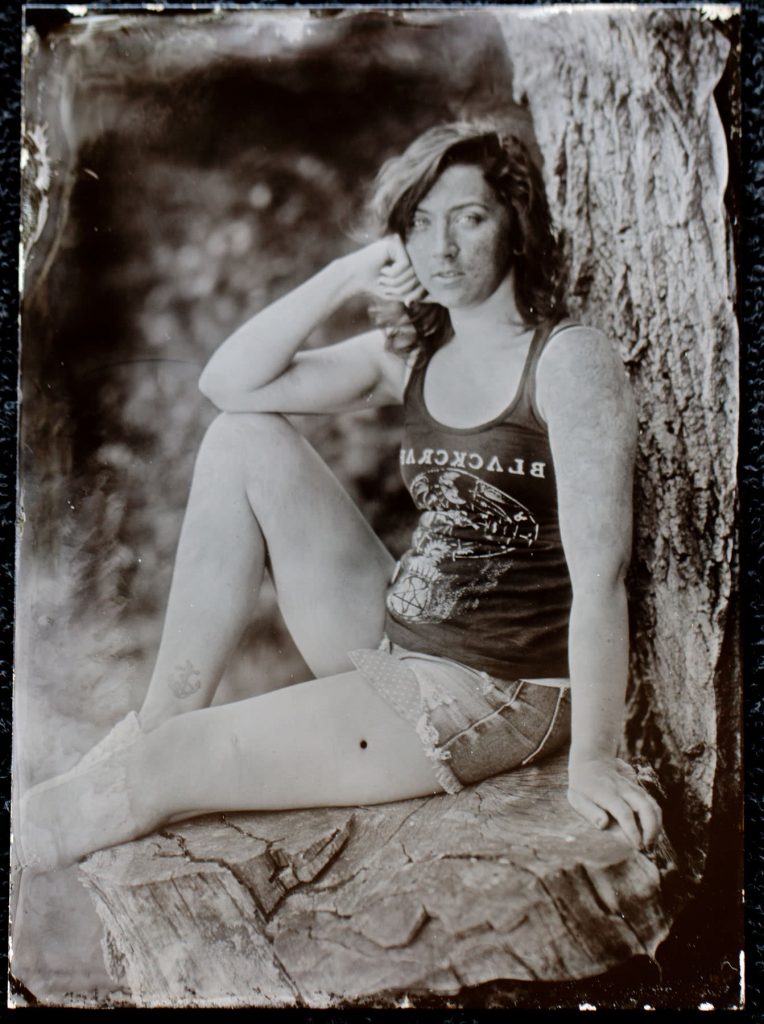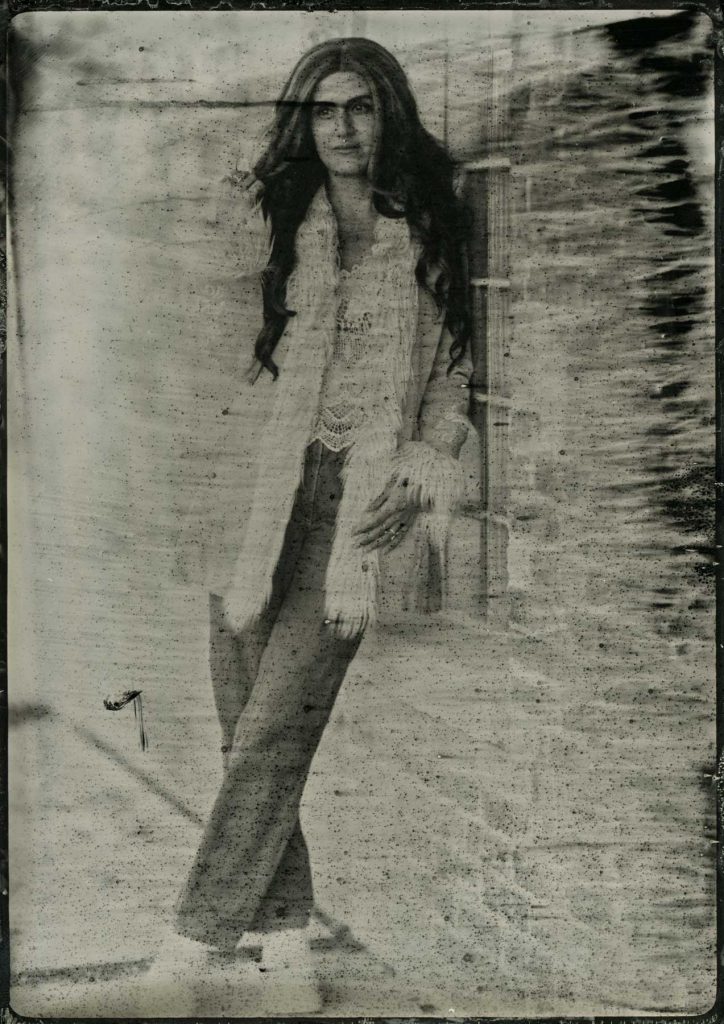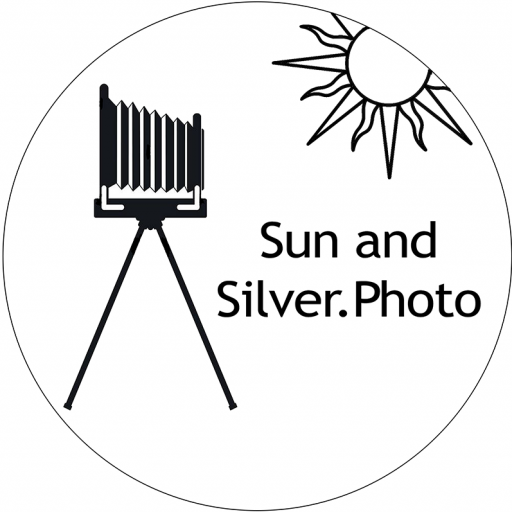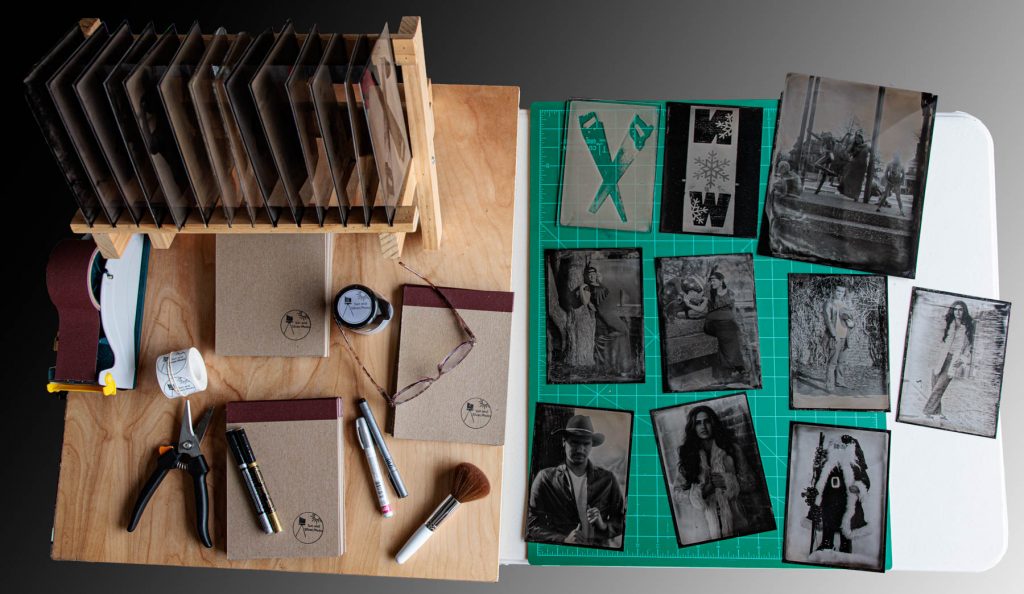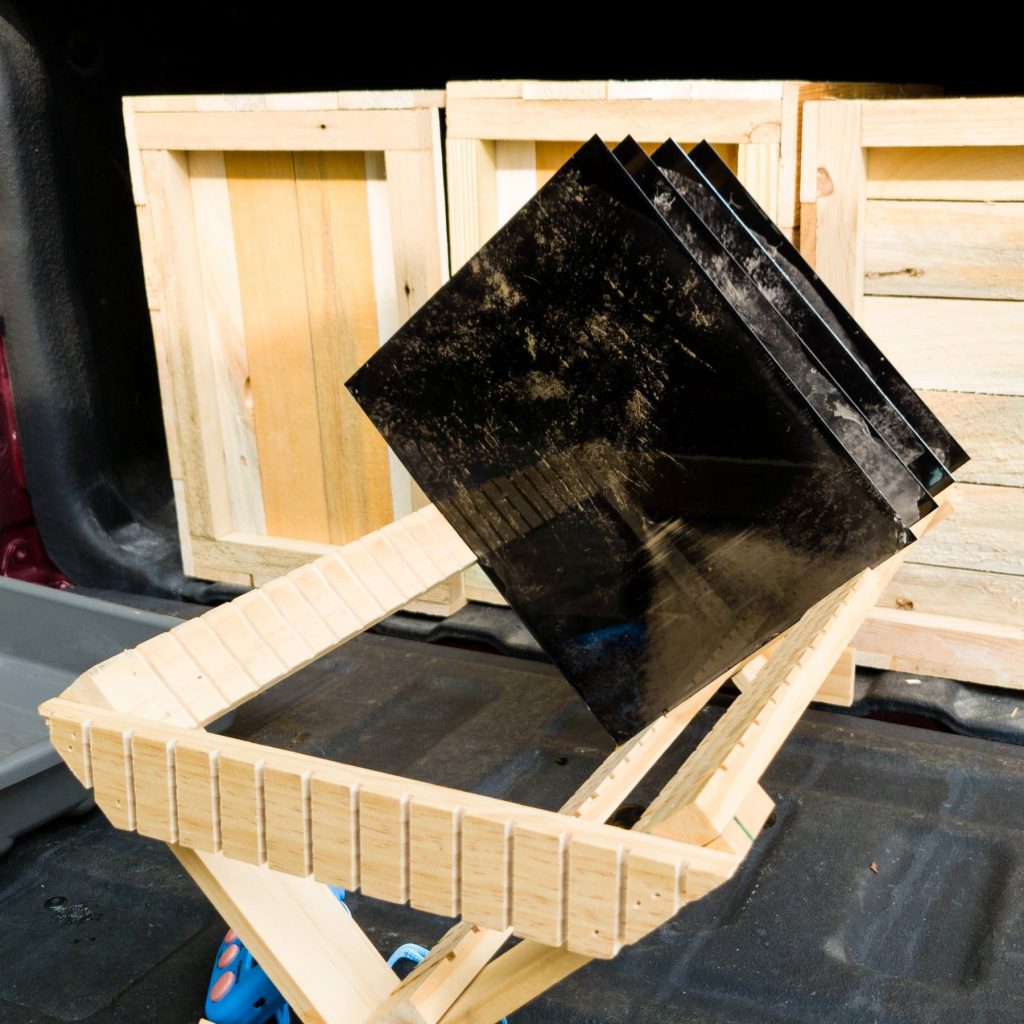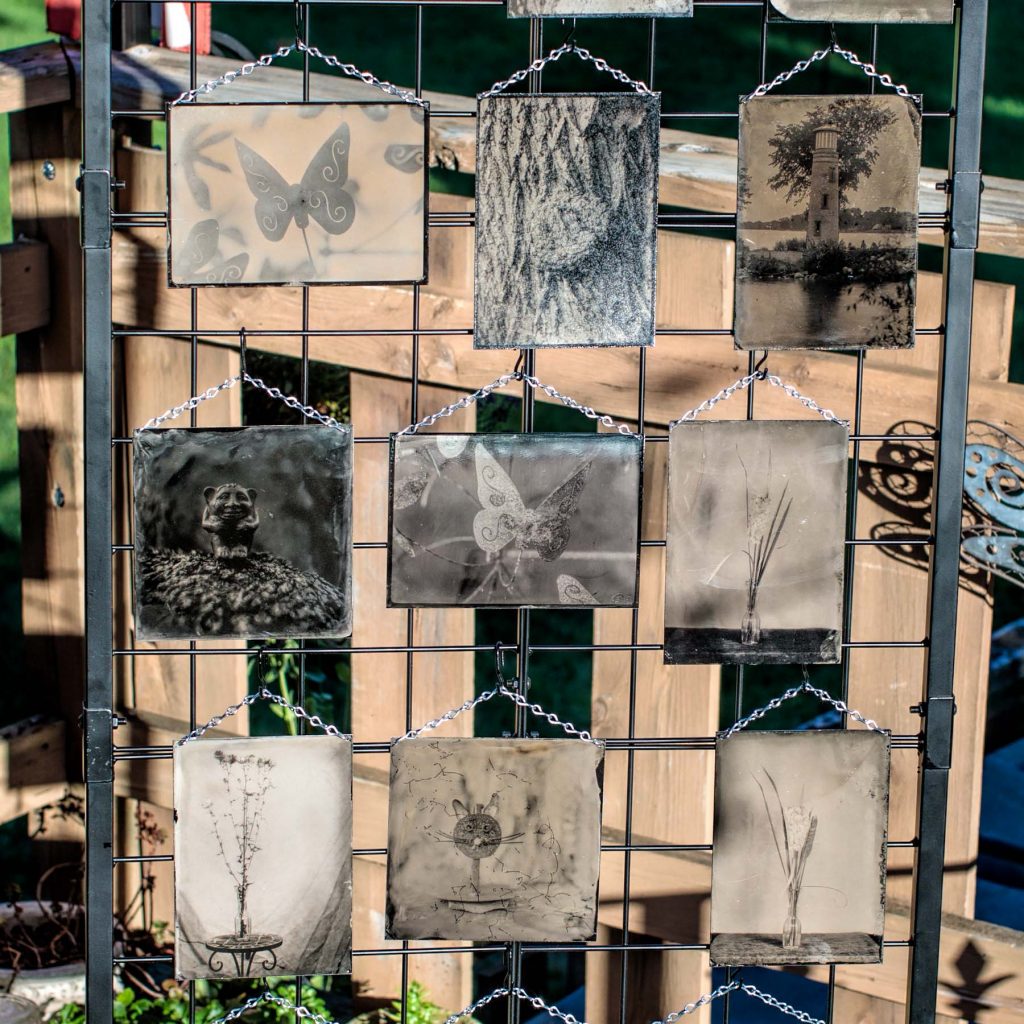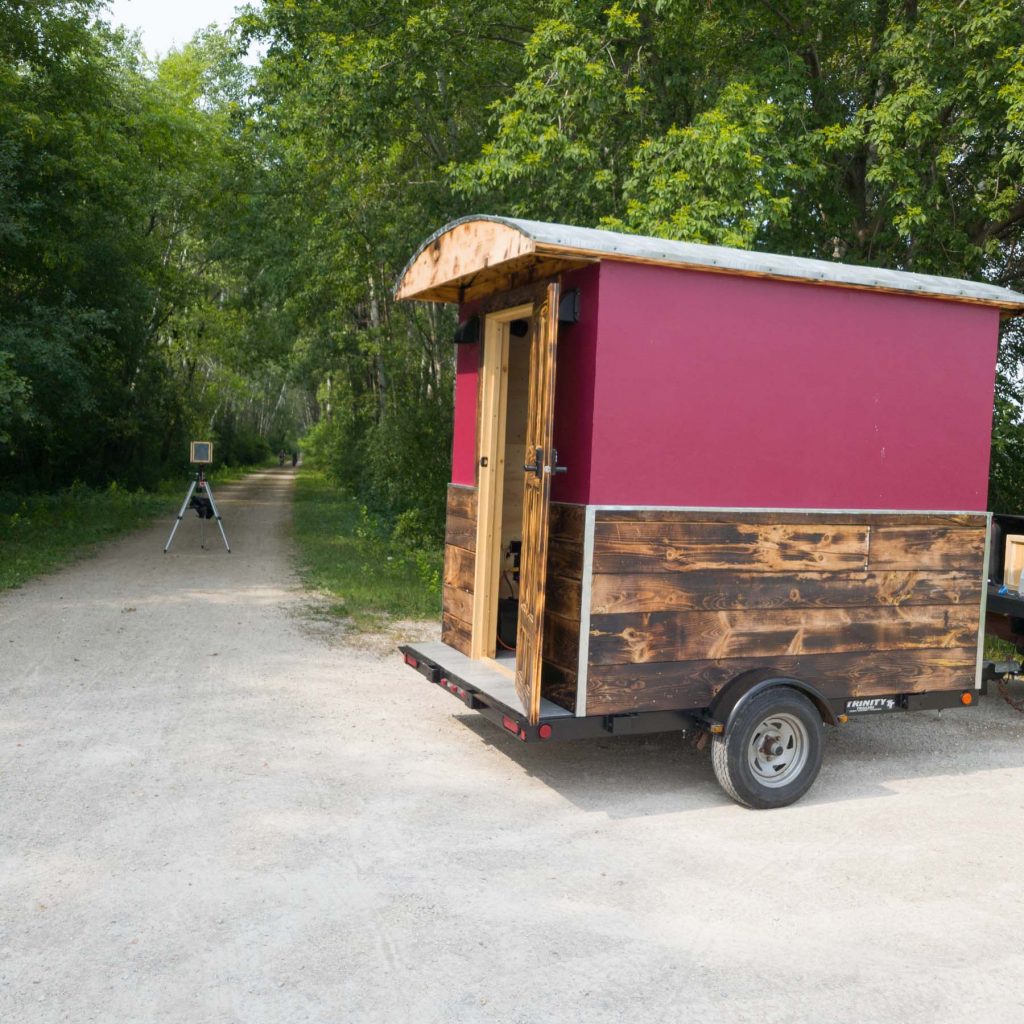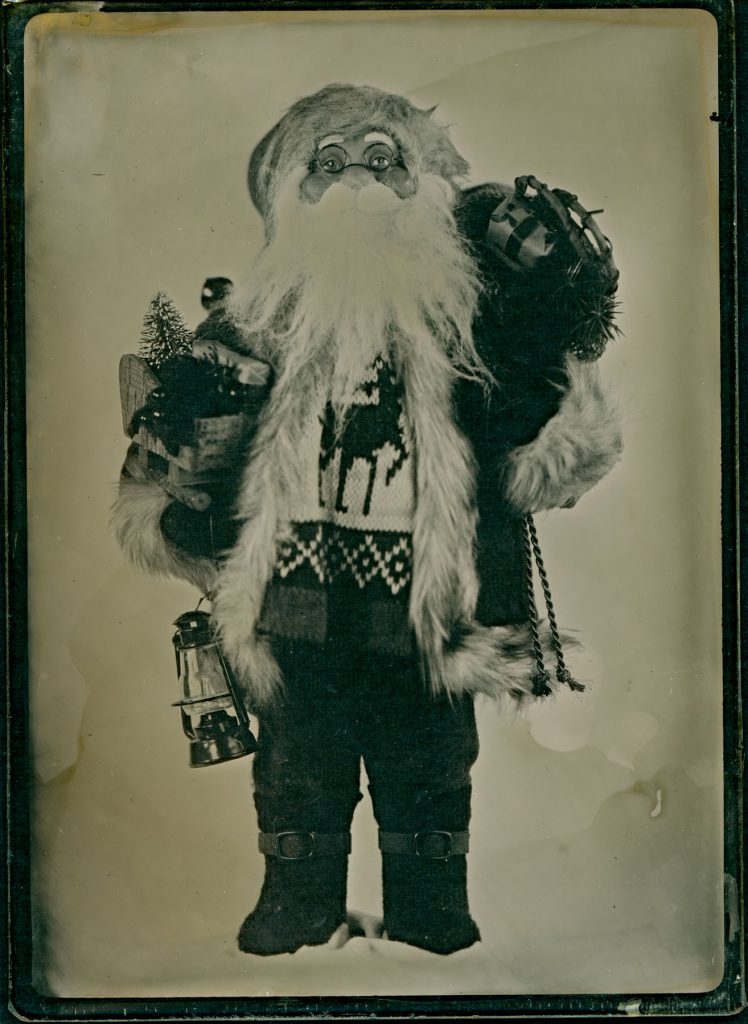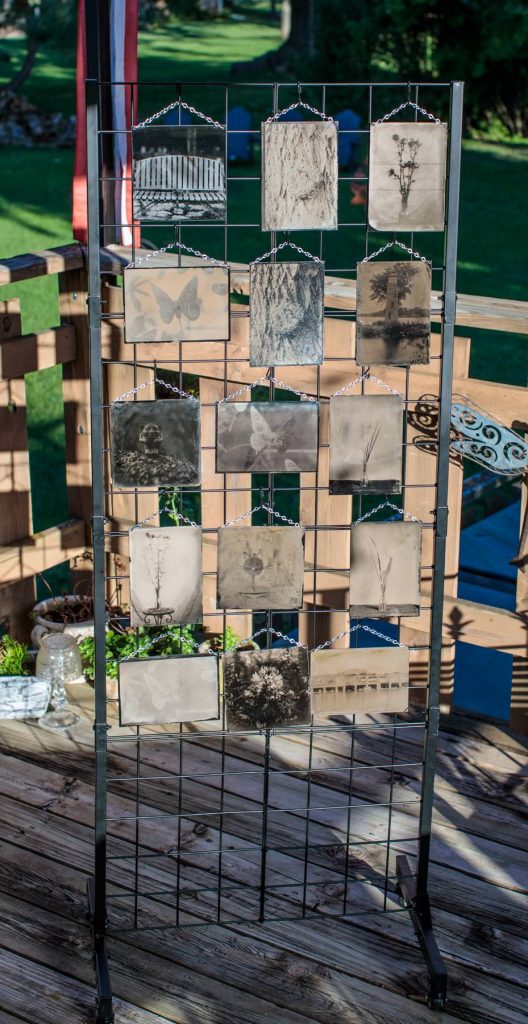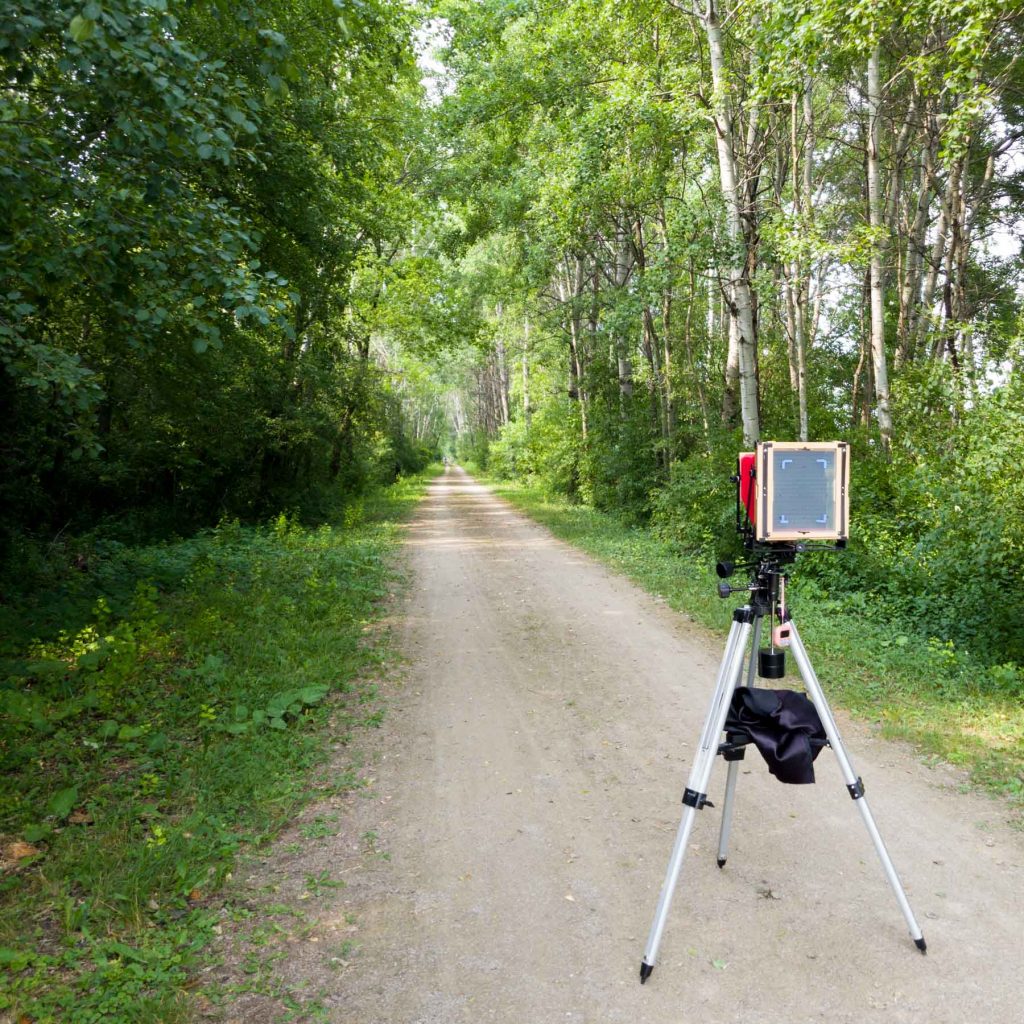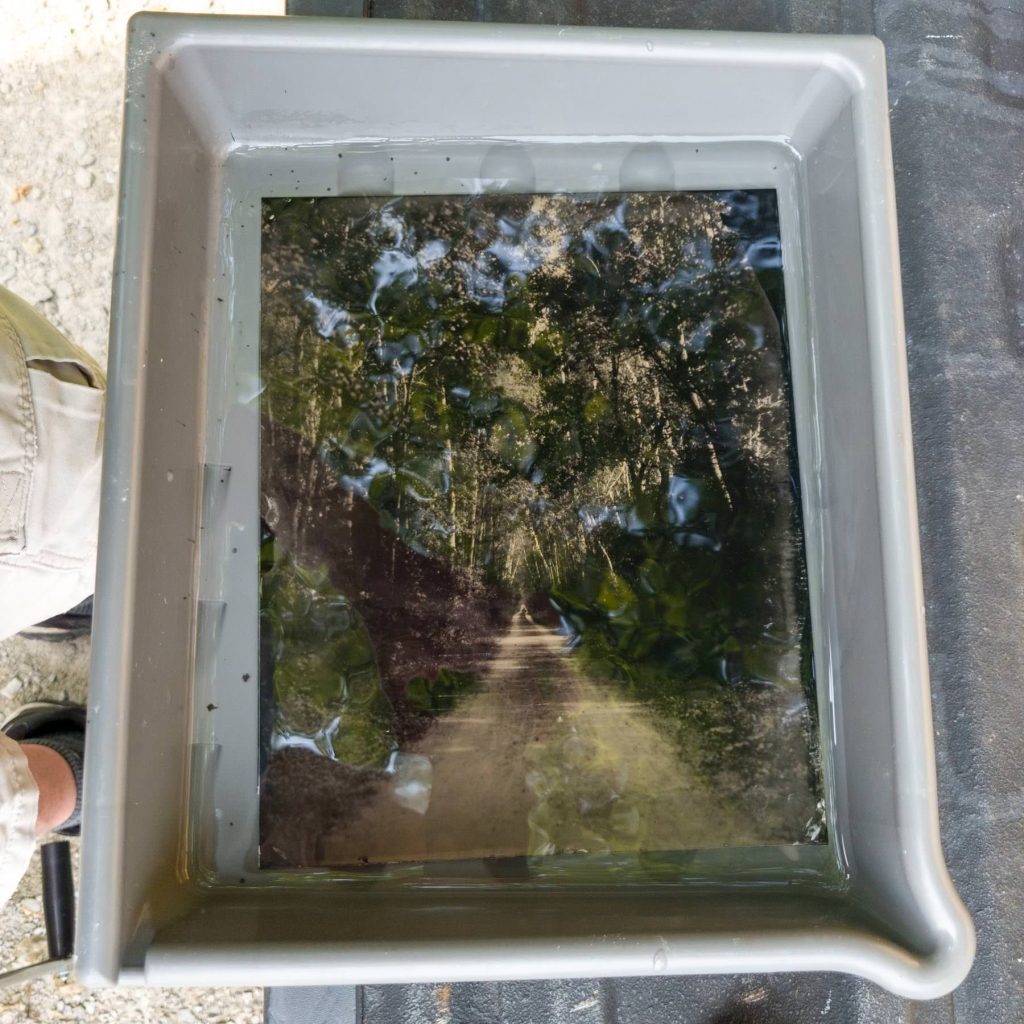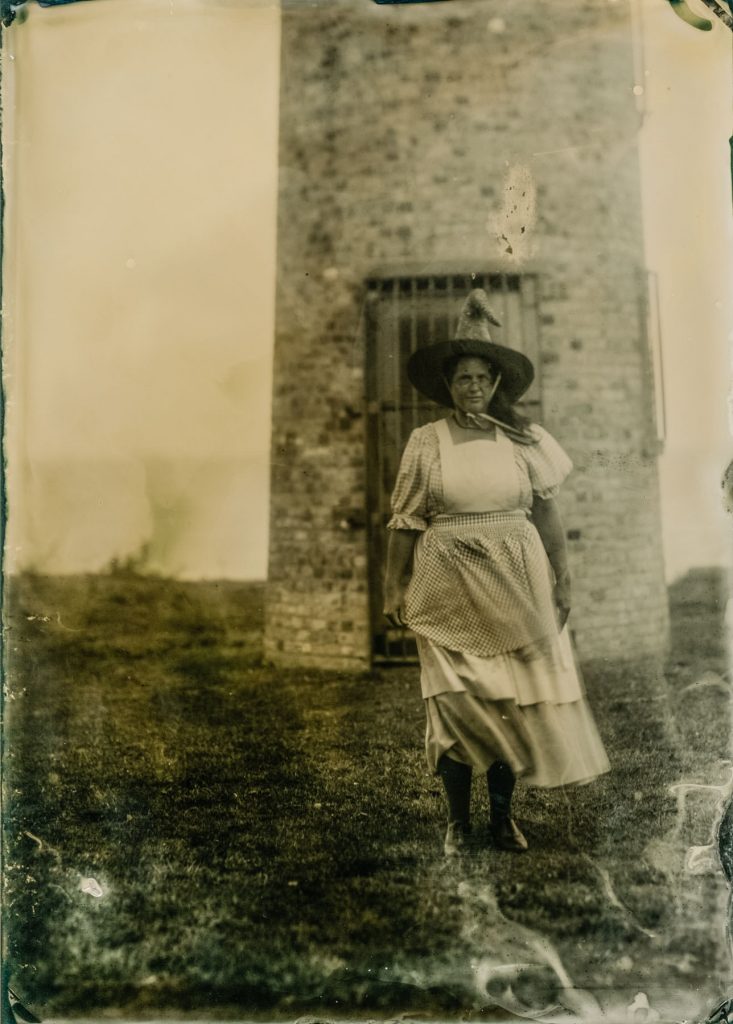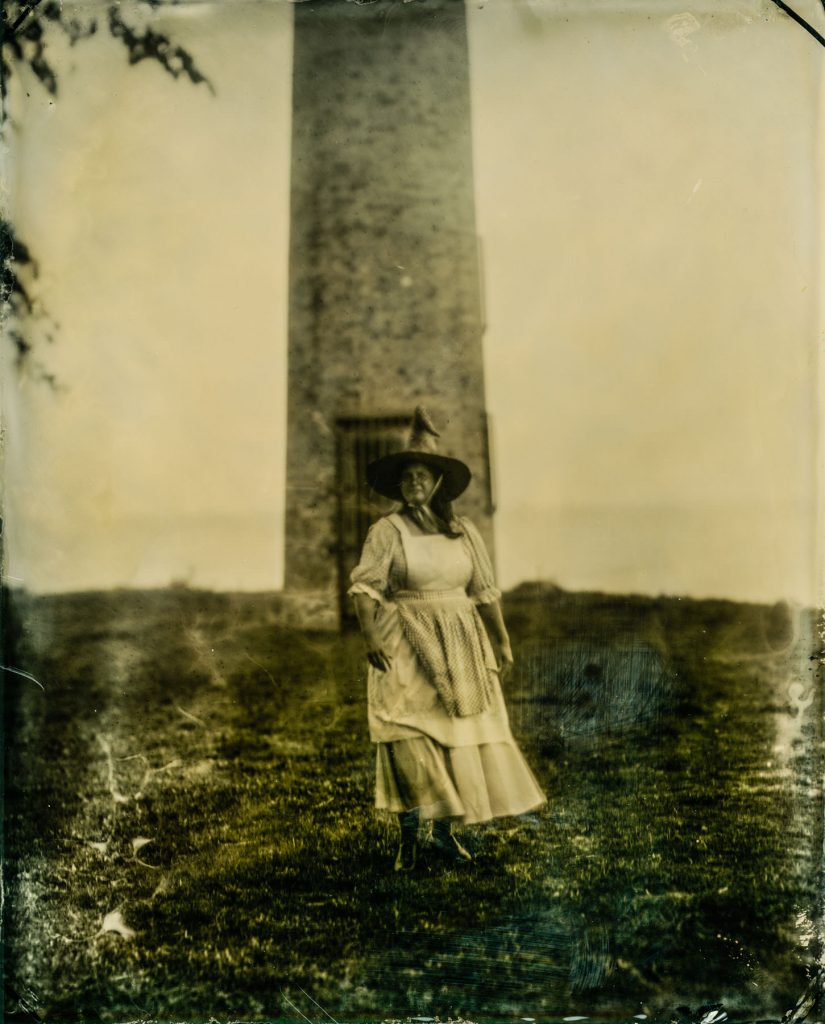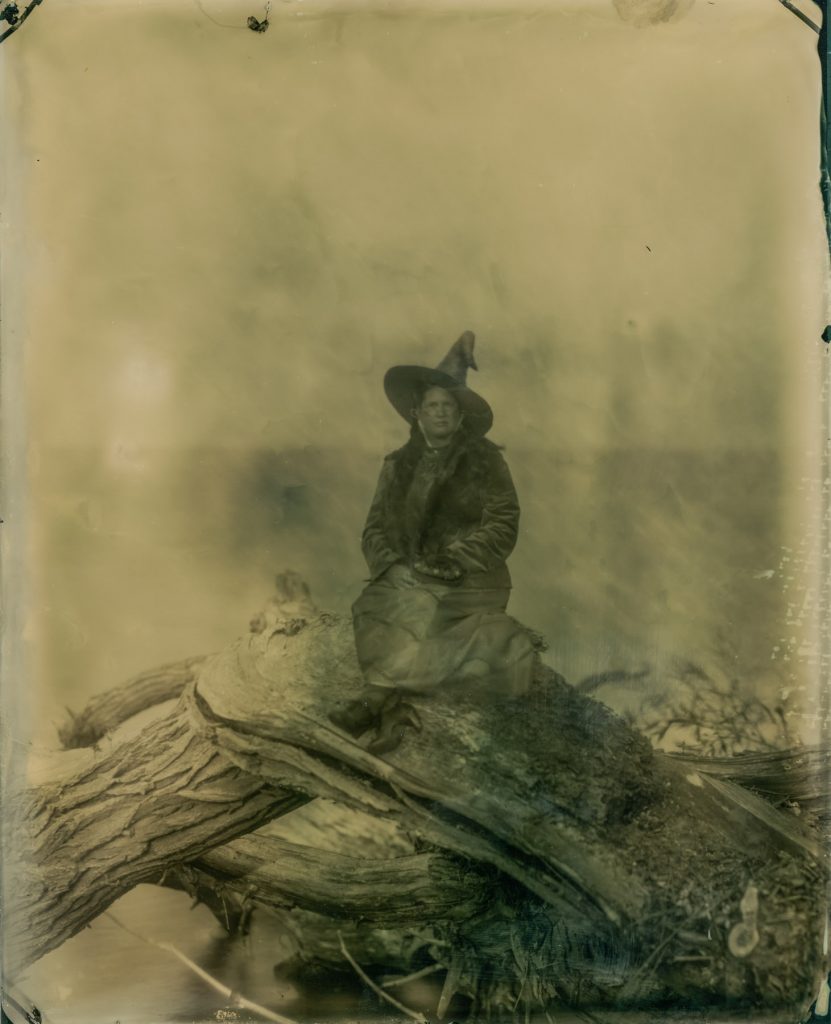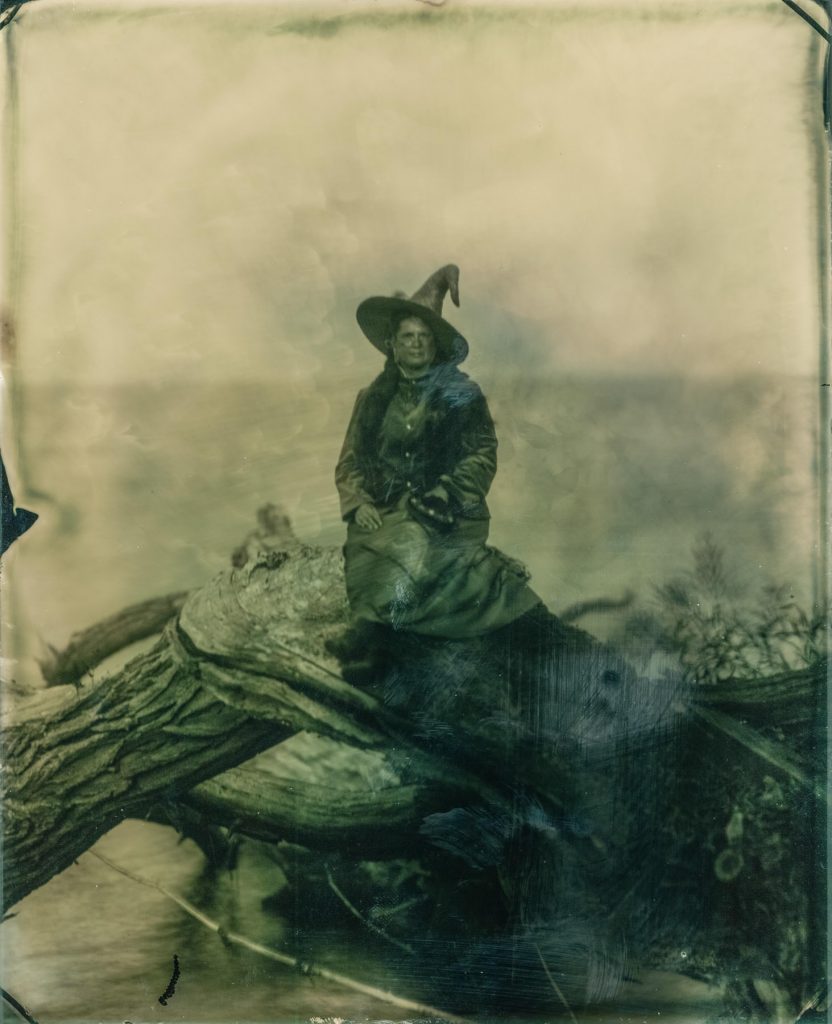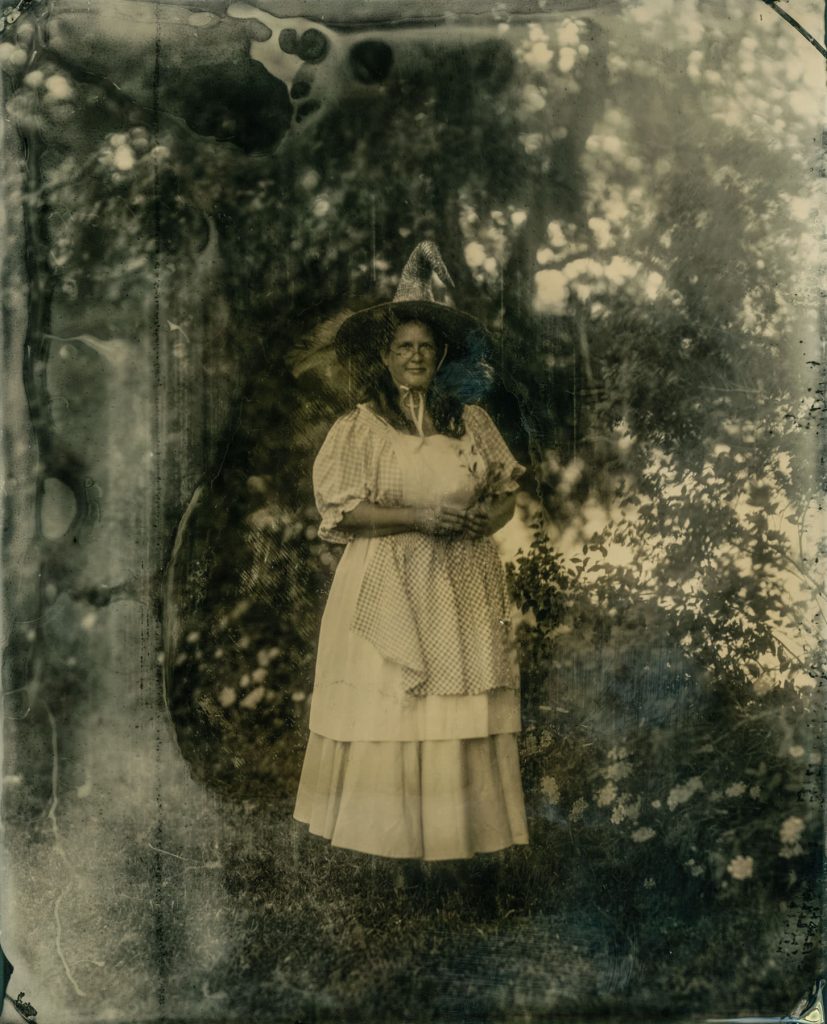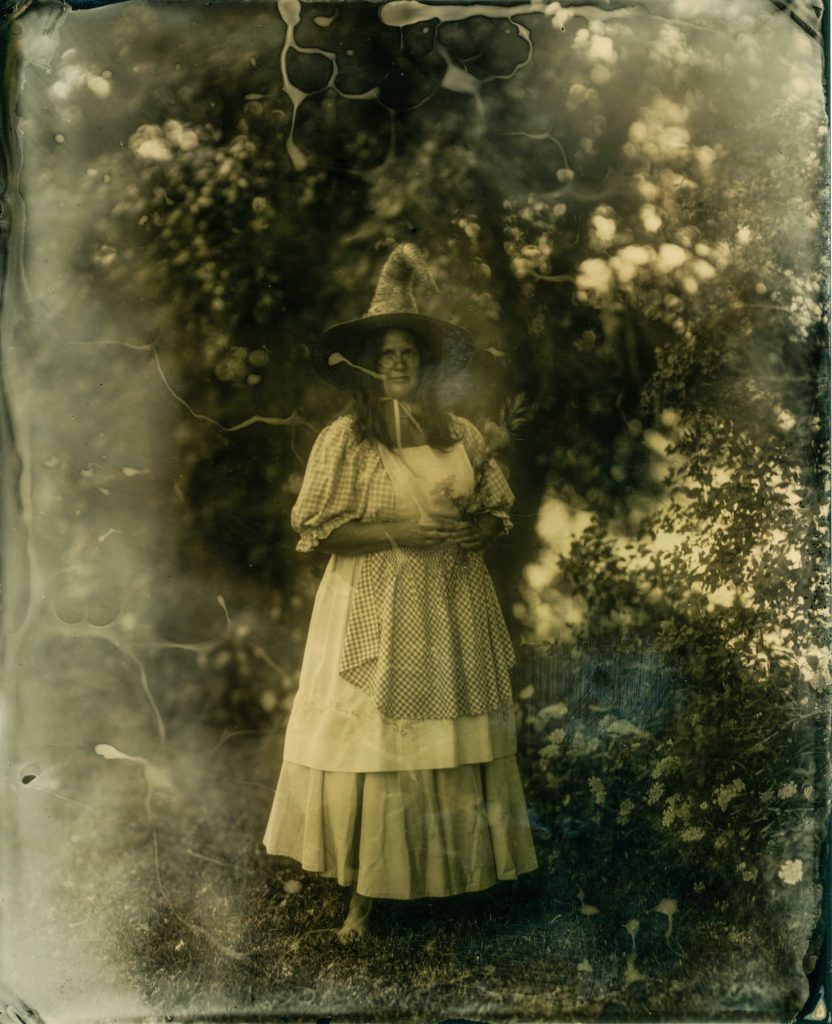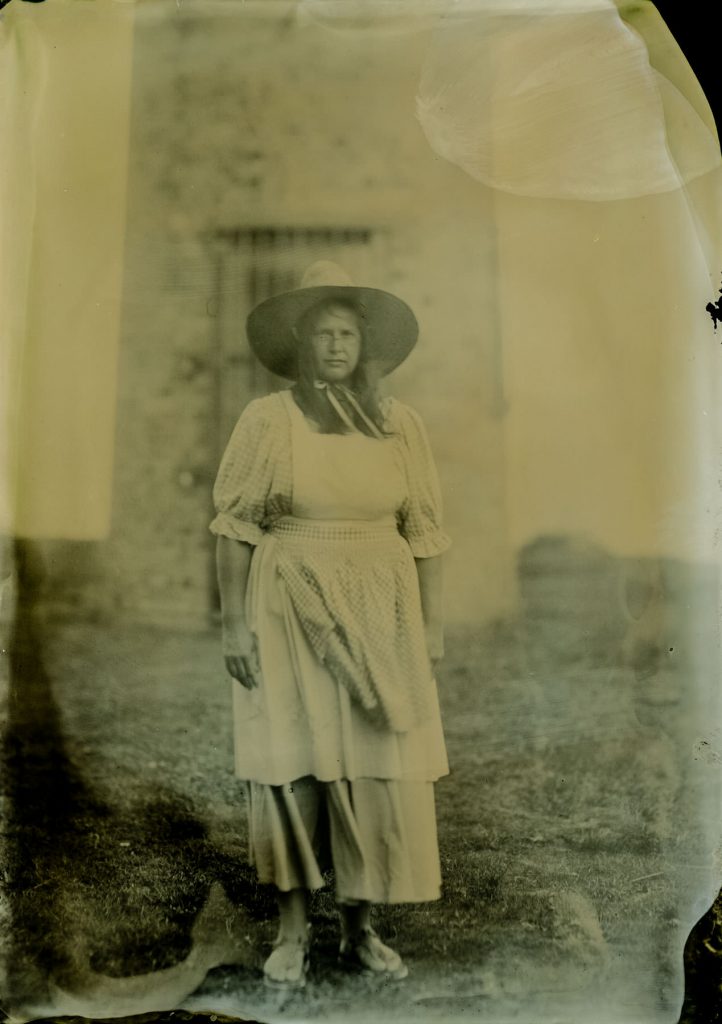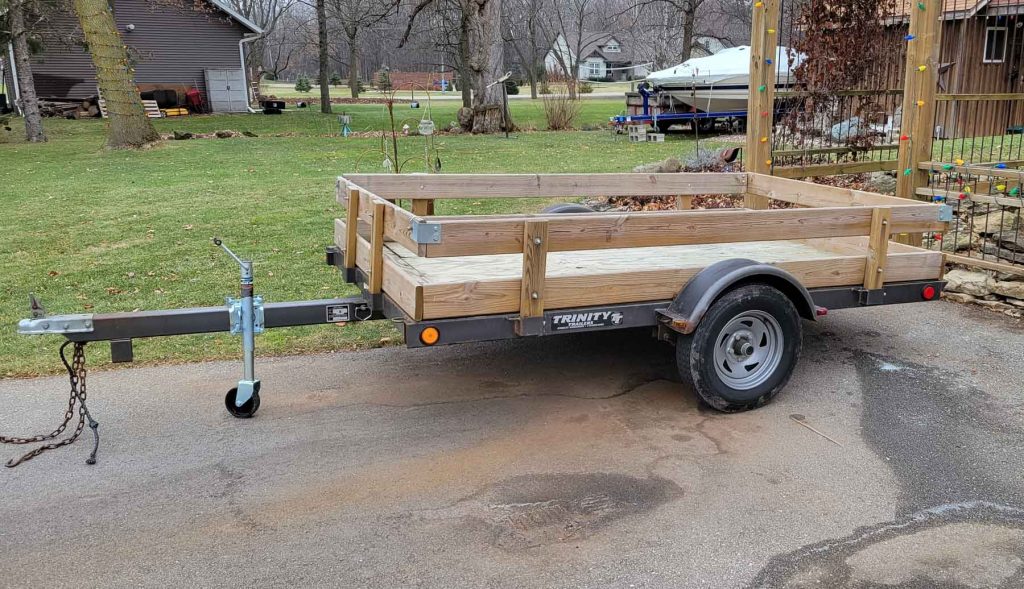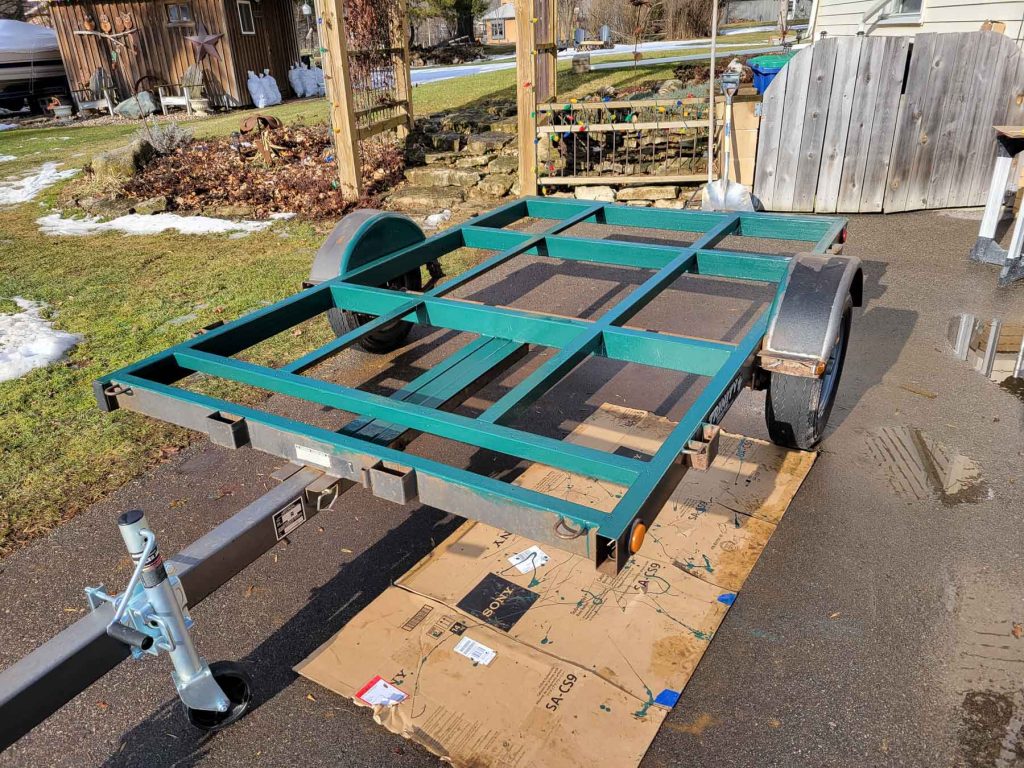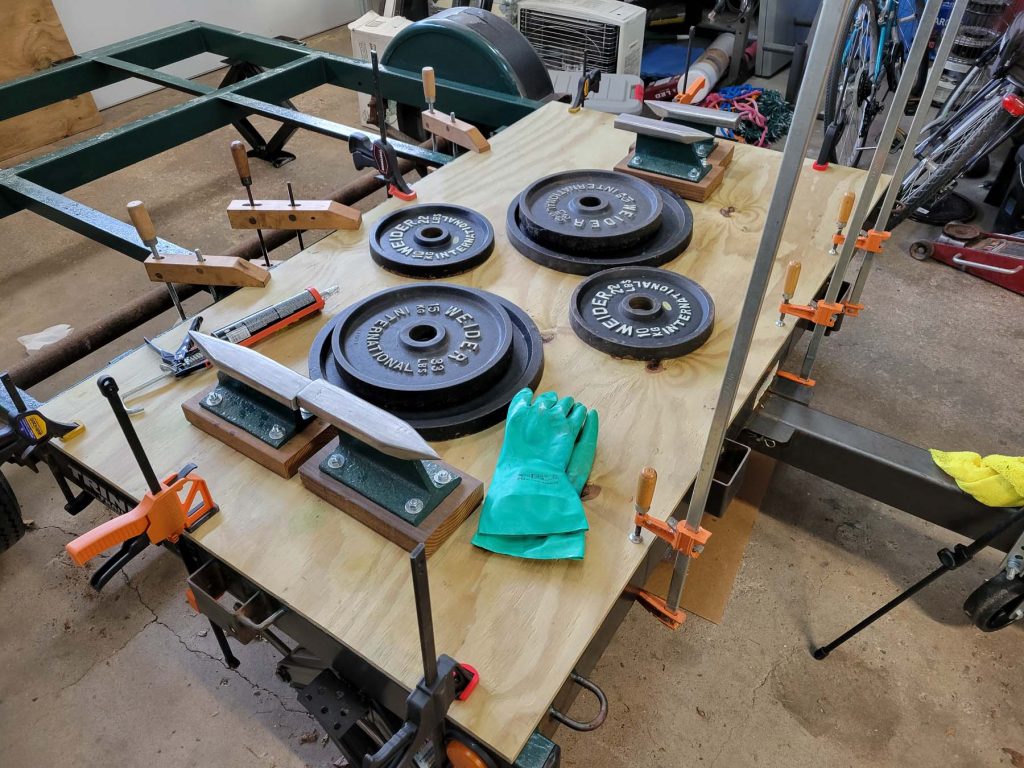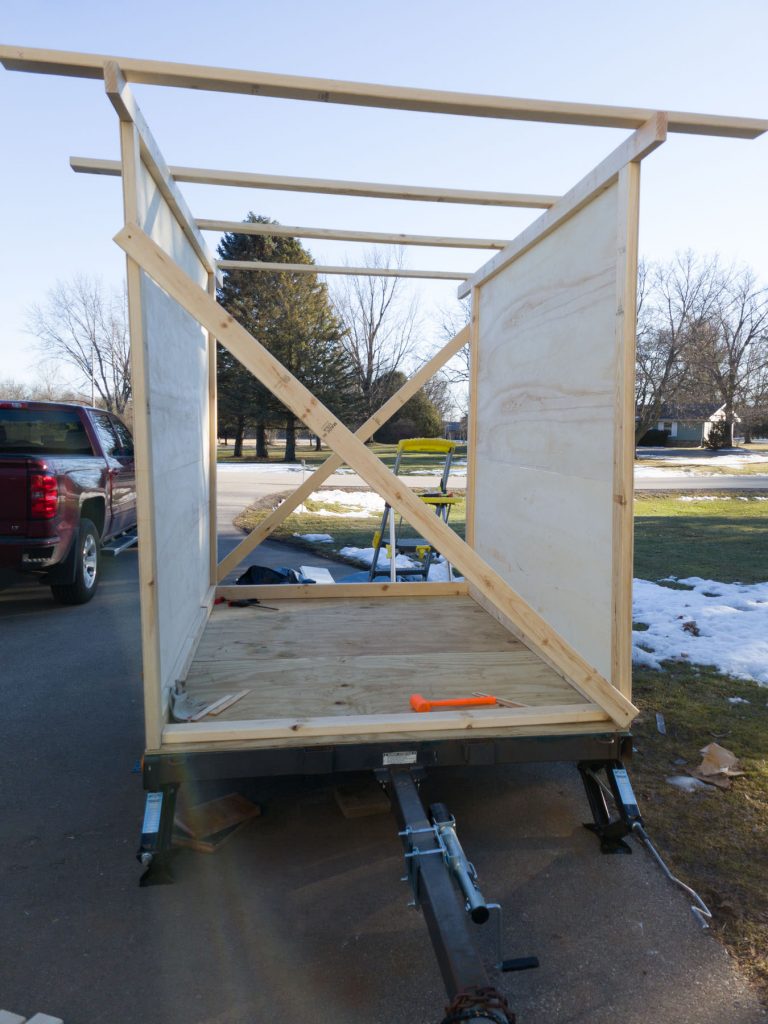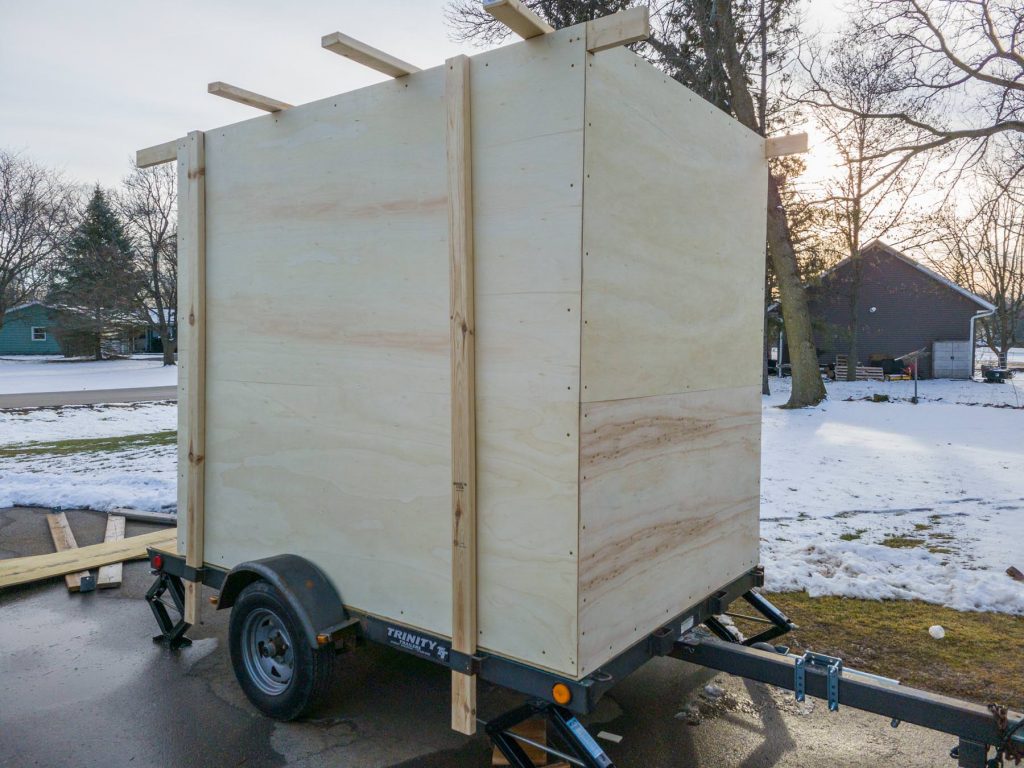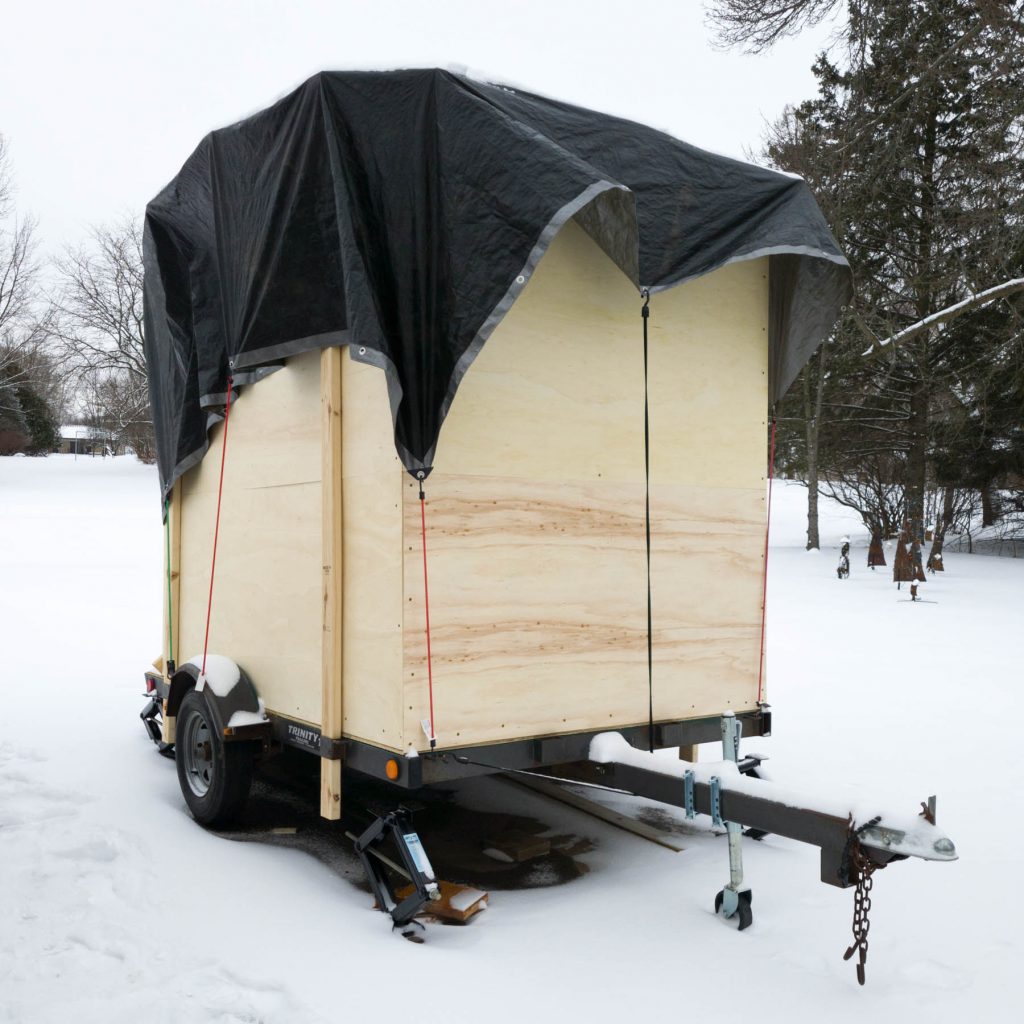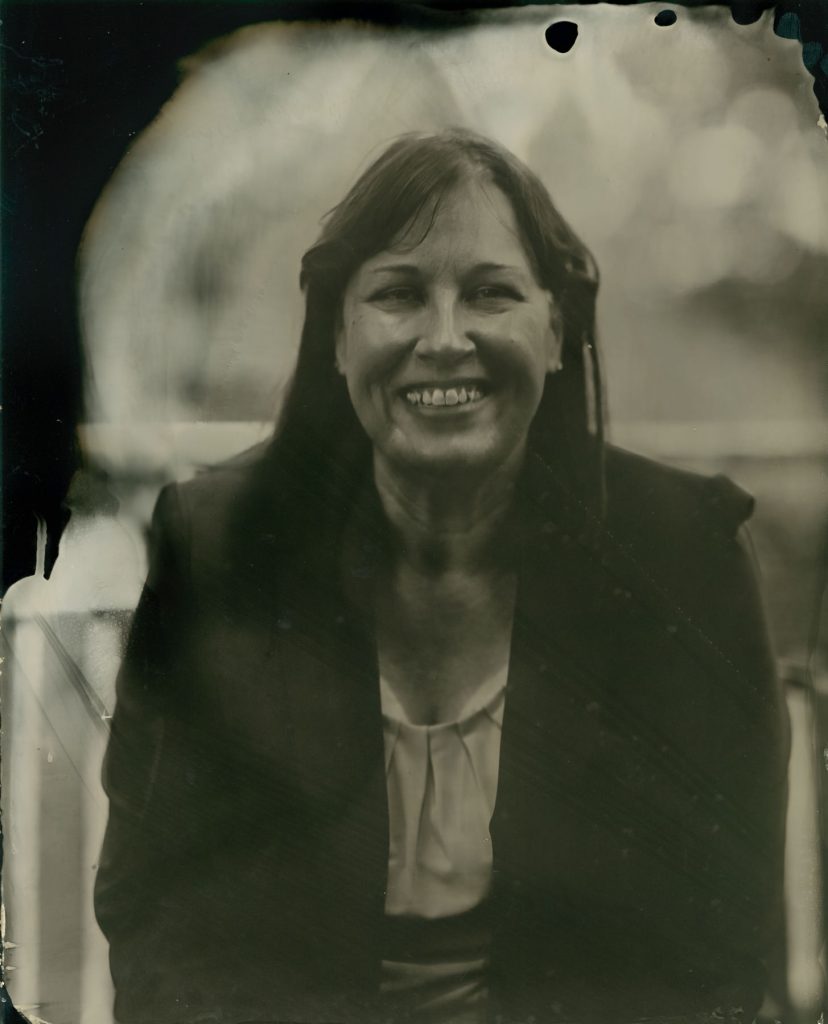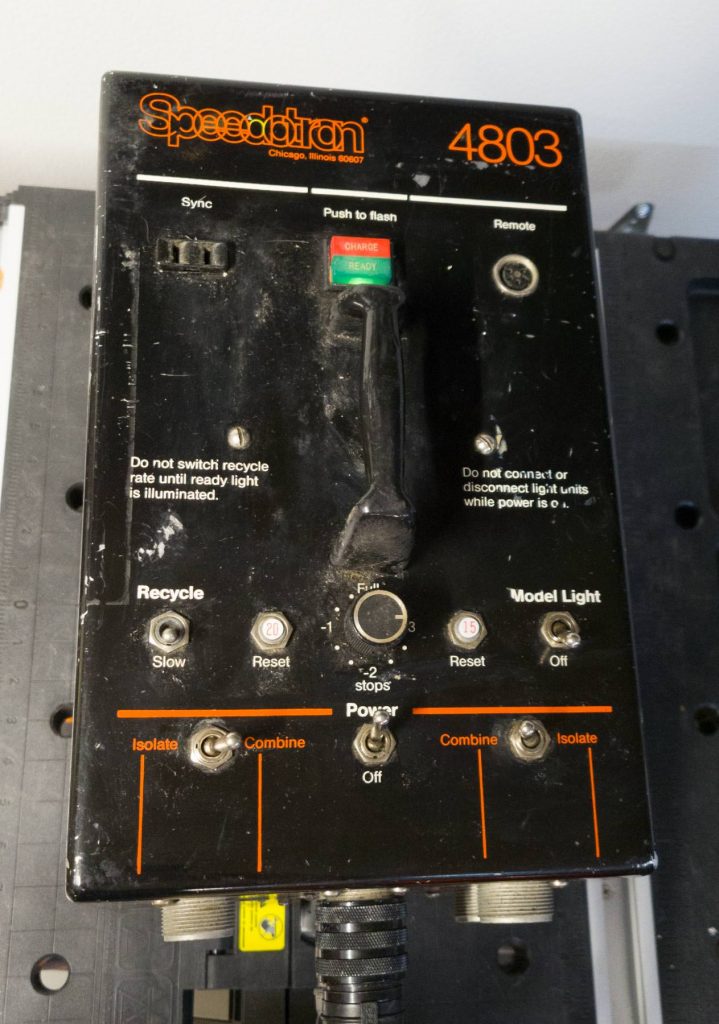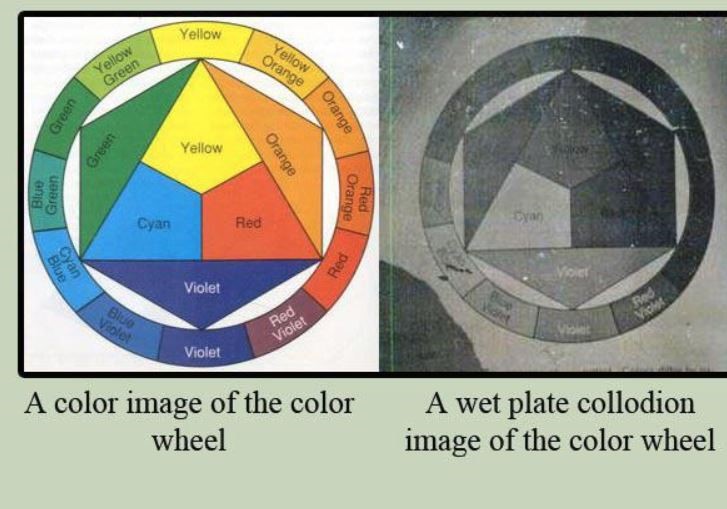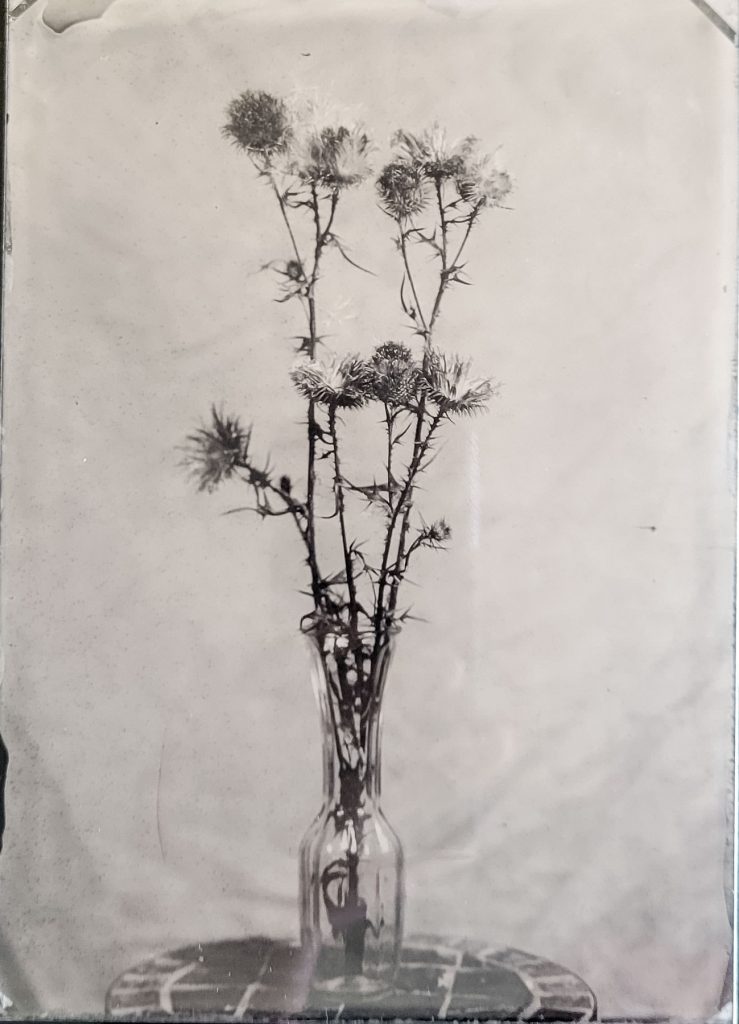The capacitors used in a Speedotron flash power pack are powerful and potentially dangerous if not cared for properly. This is especially true when the unit has not been used for a long time. There is a simple way to reform the capacitors after extended down time which ensures they are safe and fully functional.
Every day is like Christmas, at least it is when you believe! I am building up my wet plate kit and the newest member is a wonderful Speedotron 4803 power pack. My current pack is a 2403 which can deliver a mighty 2400ws of flash power. That is enough for wet plate portraits if I keep the aperture open and place the lights close. But, there are times when I could use more power. This is especially true when I have a big group to light or when I want to use a softbox to enhance the light.
So I have been looking for a 4803 power pack for some time and not finding any close to home (at least not in my price range). But yesterday I made the 3 hour drive to Brookfield, IL and picked up a beautiful 4803 power pack. This unit delivers twice the light for an eye popping 4800 ws.
Why Speedotron?
I like these units for a couple of reasons. They deliver a good amount of power. They are “workhorses” meaning they are tough and seldom break. The lights are pretty affordable on the secondary market and the flash tubes are too.
The problem with capacitors
All flash units are based on a high voltage capacitor delivering a lot of power to a flash tube in a very short time. Speedotron capacitor safety is especially important because the units hold a lot of energy! The capacitors in these units are a kind of battery that uses thin aluminum and paper sheets. They are rolled up together with a coating of chemical paste. The rolls give a lot of surface area to hold an electrical charge. The aluminum develops a very thin layer of aluminum oxide which acts as a insulator. This allows the charge buildup and keeps the capacitor from shorting out. “Shorting out” is another way of saying “catch on fire and blowing up”!
The oxide layer is naturally maintained when the capacitor is charged and discharged regularly. So like many things, capacitors like to be in service instead of sitting around. So when a flash unit is not used for a while the oxide layer can break down. A bit of breakdown will reduce the flash power because the capacitor will not fully charge. If the unit has sat for long enough the oxide breakdown can be severe enough to cause a failure the first time the unit is powered up.
But all is not lost! The oxide layer can be easily reformed in an old capacitor if you follow a simple procedure. The basic recipe is to apply a very small voltage to the capacitor for a long enough time. This reforms the capacitor and allows it to safely function at full voltage. Reforming voltage can be around 5 to 10% of the full load voltage. The time can be as little as 5 minutes for small capacitors up to several hours for large ones.
Speedotron Reforming
The operating manual recommends reforming whenever the unit has not been used within 3 weeks. They recommend plugging the unit in, turning on the power and leaving it on for at least 3 minutes before firing the flash. Yes, that is it!
If your power pack has been sitting for a lot longer (or you are unsure how long it has been sitting) I recommend a modified turn on procedure:
1) Set the power switch in the off position,
2) Set the dial to full power,
3) Plug in the power cord,
4) Flip the power switch to “on” for about 1 second and then back to off,
5) leave the unit off for 10 seconds,
6) Repeat steps 4 & 5 several times until the “ready” light comes on – then leave the unit on for at least an hour before flashing.
My 4803 was fully functioning when I picked it up so the capacitors were in safe condition. However, the unit has not been used a lot the past few years so I decided to reform the capacitors a bit just to be safe. So it is plugged right now and I will leave it sit powered up for a couple of hours. That’s it!
Back to my Blog
